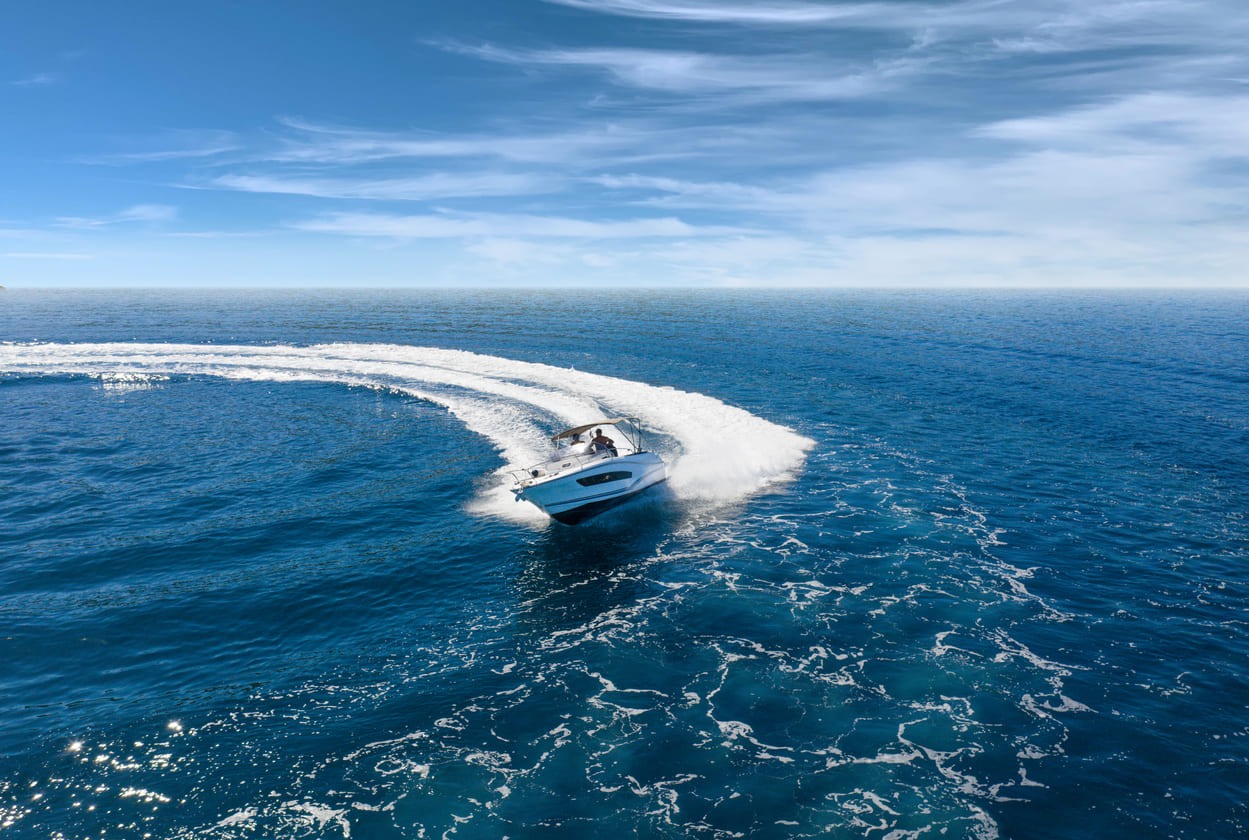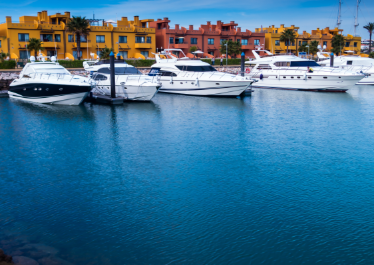Marine battery chargers: Which wattage to choose?

Sailing at sea requires a reliable power supply. While batteries are the heart of this power supply, choosing the right charger is essential to ensure longevity and performance. So, what charger rating should you choose for a marine battery? Let's find out.
Marine battery charger: the common misconception about fast charging
It's tempting to believe that a 400 Ah battery, when fully discharged, could be recharged in just one hour using a 400-amp charger. Such an assumption would seem logical. However, it could prove disastrous.
Rapid recharging at this intensity will cause heat build-up in the battery. This temperature rise could seriously damage the battery's internal components, rendering it unusable in record time.
Striking a balance: the "C/5" rule for your marine battery charger
The optimum performance of a charger is neither ultra-fast nor extremely slow charging. The right balance is the key. That's where the "C/5" rule comes in.
This rule, well known to marine electrical experts, suggests dividing the battery's total capacity (in ampere-hours) to be recharged by 5. So, for a battery with a capacity of 400 Ah, a charger rated at 80 amps would be ideal.
Why is this power optimal?
Opting for a charger that respects the "C/5" rule ensures efficient recharging without compromising battery health. The main reasons are:
- Minimizing heat build-up: Charging at "C/5" power prevents excessive heat build-up, reducing the risk of damage.
- Preserving battery capacity: Recharging at this optimum power level keeps the battery's total capacity, prolonging its life.
- Adaptability: The actual capacity of batteries decreases over time. Respecting the "C/5" rule ensures that the charger remains suitable for the battery throughout its lifetime.
Dolphin chargers find the right power for you
When determining the ideal wattage of a marine battery charger, Dolphin chargers are the most relevant on the market. Here are their advantages...
- Precise power calibration: Dolphin doesn't just offer "one-size-fits-all" chargers. On the contrary, their product range is designed to provide various wattages to match each battery type's specific needs. By following the "C/5" rule, you'll quickly find a Dolphin charger to match the exact capacity of your battery.
- Advanced technology for adaptive charging: Dolphin chargers incorporate technology that analyzes the battery's condition and adapts the charging power accordingly. This guarantees optimal charging and prevents overcharging and undercharging, thus protecting the battery.
- Robust design for long life: The durability of Dolphin chargers ensures that charging power remains constant and reliable for many years. This means that even if your battery capacity decreases, your Dolphin charger will continue to deliver the optimum strength required over time.
- Meeting and exceeding standards: Dolphin chargers don't just meet existing standards. They exceed them. You get a device that ensures optimal charging every time.
- Simplicity of use: Dolphin chargers are designed to be intuitive. Users can quickly determine the charging power required thanks to clear indicators and detailed user guides.
Conclusion and prospects
The choice of a marine battery charger is crucial for your battery's performance and life. By respecting the "C/5" rule, you guarantee your equipment a reliable, long-lasting power supply. In line with this rule, Dolphin chargers ensure quality for discerning sailors.
The future is moving towards ever more environmentally friendly and battery-friendly technologies. As a marine OEM or ODM, keeping abreast of the latest innovations will enable you to further optimize your customers' experience at sea. Discover the full range of Dolphin chargers.



